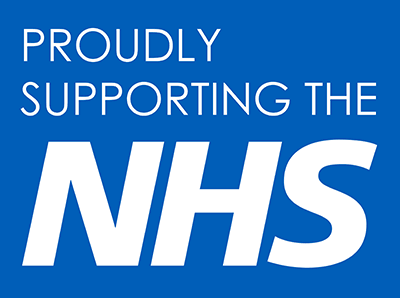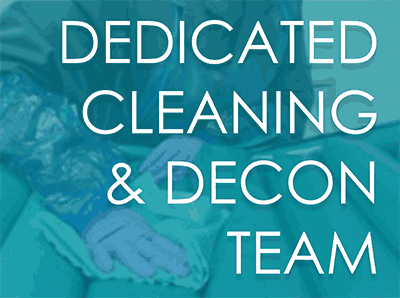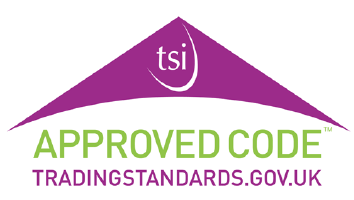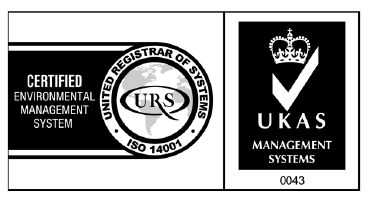Preventing and treating pressure ulcers can be a painful experience for those we care for, and they continue to be a high financial burden for care providers too.
Over the years there have been many attempts to estimate the true cost of preventing and managing pressure ulcers. Yet despite significant advancement in healthcare practices, these chronic wounds continue to eat into the people they so severely affect, and the financial budgets of care providers worldwide.
The financial impact of treating pressure ulcers is a growing concern within the UK, “nearly 700,000 patients are affected by pressure ulcers each year”.1
Are you caring for a loved one who is suffering with a pressure ulcer?
Do you need more information about preventing pressure ulcers?
Do you know what a pressure ulcer looks like?
Pressure Ulcers vary in all different shapes and sizes and are categorised into a grading system. To treat a grade (category) 1 pressure ulcer will cost around £1.064 however, grade (category) 5 ulcers will cost a significant amount more, around £10,055… Annually the overall cost for pressure ulcer care (most of the cost being nurse’s time) is approximately £1.4 to £2.1 billion pounds.2
Most healthcare professionals are aware that skin damage occurs when there is persistent pressure placed upon a particular area of the body. In order to prevent pressure ulcers from developing, care providers should ensure that a thorough pressure ulcer prevention and treatment protocol is being adhered to by their caring team.
If you are a patient receiving ongoing care, your healthcare professional should be providing you and your immediate carer with information on how best to reduce pressure from areas of the body that may be vulnerable to developing pressure ulcers, this information should include:
- The correct position you need to be in for lying down or sitting
- How to change your lying down or sitting position
- How to best support your feet
- The length of times between when you need to change your position or have your position changed for you by your carer
- And which is the best pressure relieving equipment you should use and how to use it3
Select Medical has especially designed and produced three pressure care brands of pressure relieving mattress and cushions which are tailored to suit the individual needs of the cared for, across all care settings and at an affordable price. Across the range, our pressure redistribution mattress support surfaces are comfortable, reliable and clinically effective.
Ensuring you have the best pressure ulcer prevention protocol in place for your patients now, will not only lift a financial burden for the future, but will most importantly ensure that patients who are needing care are able to be cared for comfortably and free from the pain that pressure ulcers inflict.
Bibliography
1) NHS (2013) Stop the Pressure [online] Available at: http://nhs.stopthepressure.co.uk/whats-happening.html [Accessed 18/08/2015]
2) Bennett, G et al (2004) The cost of pressure ulcers in the UK.Age and aging 33: 230 – 235 [online] Available at: http://ageing.oxfordjournals.org/content/33/3/230.abstract [Accessed
18/08/2015]
3) NHS (2014) Pressure Ulcers: The Management of Pressure Ulcers in Primary and Secondary Care [online] Available at: http://www.nice.org.uk/guidance/CG29/ifp/chapter/preventing-pressure-ulcers [Accessed 18/08/2015]
About the author – Ray Booth
Ray Booth is Research & Innovation Director at Select Medical. He has been involved in the pressure care equipment industry for over 20 years, and has created a wide range of well-designed alternating air pressure mattress systems for use in hospital, hospice and community healthcare sectors.








